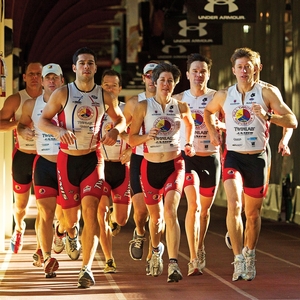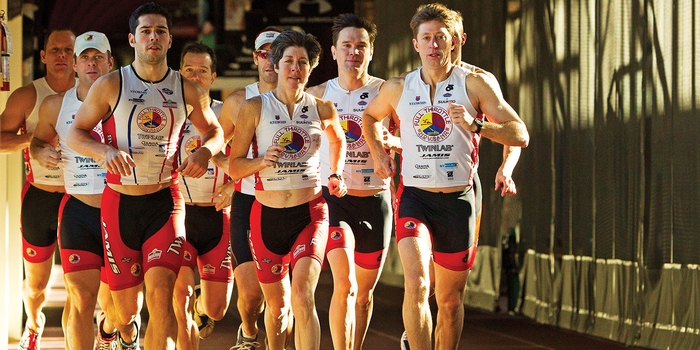5 Common Race Training Mistakes and How to Avoid Them
![]()
![]()
October 12, 2017
Even if you’re an experienced runner, it’s easy to make race training mistakes. Especially if it’s your first time tackling a new distance or you tend to pound the pavement on your own, without a coach or a crew.
And since running is a high-impact endeavor, it’s really important to train smart in order to take care of your body as you build up mileage.
Where to begin?
“At the start of your training, meet with a coach in person and have them assess your form,” says Raymond Camano, a running and triathlon coach at the Sports Center at Chelsea Piers, a popular New York City spot for where both serious athletes and weekend warriors train for all kinds of races.” A good coach can recommend drills that allow you to improve your form over the course of your training. A proper focus on form will improve your run speed, efficiency and possibly prevent an injury.”
Then, look out for these common race training mistakes, which Camano explains how to avoid, below.
5 Common Race Training Mistakes and How to Avoid Them
- Not having a plan
“Without a plan, it’s very easy to miss the mark,” Camano says, both during your training and on race day. He recommends a 12- to 16-week training plan to build base mileage gradually before adding in intensity. And you should have a detailed plan for the day of the race, too, which will help reduce pre-starting line anxiety. It should address “race conditions, what to wear, nutrition and hydration, run pace and strategy. Know the course. Know the terrain, hills, aid station locations etc.”
RELATED: These Running Shoes Transformed My Workouts (and Why That Matters)
- Undertraining
“Many people believe that the other training they do will carryover into running. Spinning, HIIT, and bootcamps are all excellent ways to exercise and be fit and can be complimentary, but they do not prepare the body for endurance running,” Camano explains. In other words, you have to run. A lot.
- Overtraining
That being said, it’s definitely possible to overdo it. “Overtraining, by running too many miles too quickly or running all your runs at a too high an intensity usually leads to injury and makes it likely that the person will not reach the start line,” Camano says. To avoid that, he suggests following the 80/20 rule, or “polarizing” your training. That means your base miles should be slow and easy and only speed training should be done at a high-intensity. In other words, 80 percent of your miles should be easy, 20 percent should high-intensity.
RELATED: How a Former Triathlete Fuels Her Fitness-Focused Life
- Skipping cross-training and rest
Miles are key, but it’s important to work in mobility and strength training at least once a week. Also, don’t forget to rest! Especially after super long or high-intensity runs, you’ve got to give your body a break if you want to stay safe and perform at your peak.
- Training without specificity
Training for a 10K is not the same as training for a marathon, and if you treat the races the same you’re not going to like the results. “Train accordingly for the distance you are planning to run,” Camano advises. “If you’re unsure, get guidance from a reputable coach or run club.”

